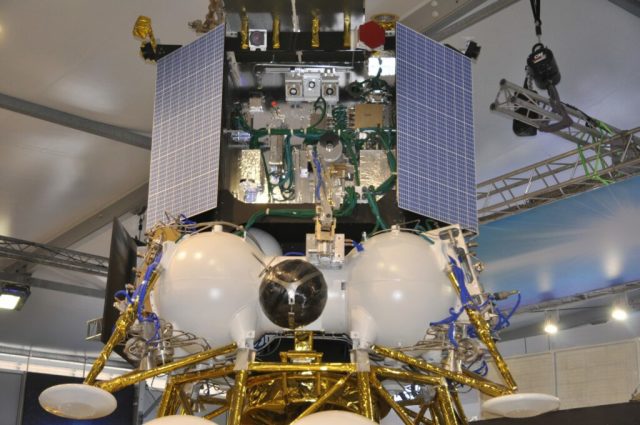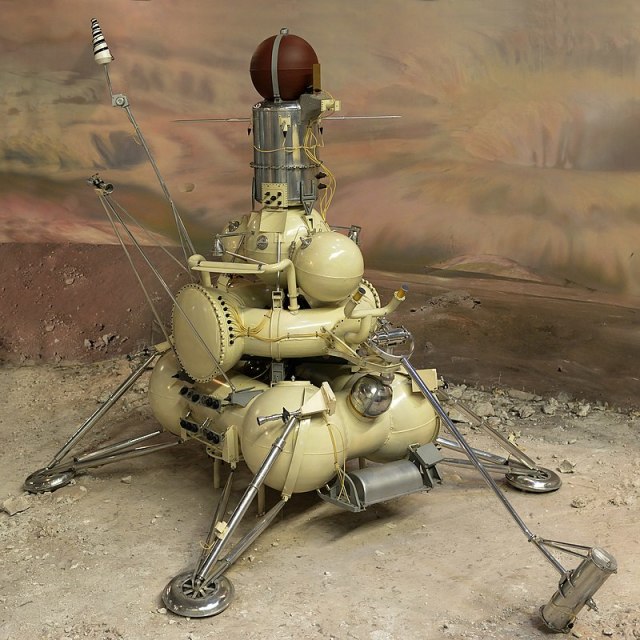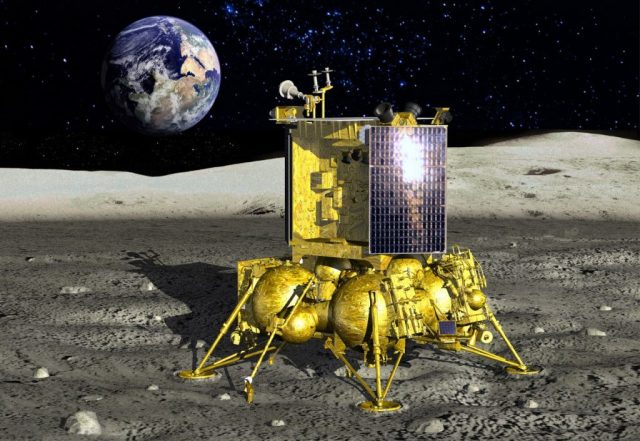According to a RIA Novosti source, the optimal day for launching the unmanned Luna-25 mission is July 23. Previously, May of next year was called as the planned start date.
Luna-25 will become part of the Russian lunar program and the first mission to a natural satellite of the Earth in the modern history of the country.
The launch was repeatedly postponed. Recently, May has been called as a preliminary deadline, however, according to a source in the rocket and space industry, a later date — July 23 is more suitable for this. The launch window will open from May 25.
The main task of the station is called the development of basic technologies for a soft landing on the Moon, as well as the study of its south pole. The landing area is located near the Boguslavsky crater.
They want to launch from the Vostochny cosmodrome using the Soyuz-2.1b launch vehicle and the Fregat upper stage.
 |
| Luna-25 station. |
| Source: laspace |
The agreement on the creation of a landing probe was signed by the Space Agency and the Lavochkin NGO in 2013. The weight of the device is 1750 kilograms.
The upper station of "Luna-25" consists of a radiator of a temperature control system, scientific instruments, solar panels, an energy source and electronic equipment. There is a landing device at the bottom. A propulsion system was located there, with the help of which, in particular, they will perform a landing on the Moon. In addition, a complex of fuel tanks, sensors, an antenna and a manipulator of a ground intake device is installed on the lower part.
As noted above, Luna-25 is only part of Russia's ambitious lunar program. In the following years, the country wants to launch unmanned vehicles "Luna-26", "Luna-27" and "Luna-28". In the latter case, they want to deliver the soil from the satellite home.
The USSR implemented similar missions in 1970-1976, when the Luna-16, Luna-20 and Luna-24 stations were launched. Moreover, Luna-16 became the first automatic station that delivered extraterrestrial matter to Earth: before that, Americans were able to do this during manned expeditions under the Apollo program.
 |
| Luna-16 station. |
| Source: laspace |
The question of a manned flight of Russian cosmonauts to the moon remains open, including due to uncertainties in the development of a superheavy rocket.
At the same time, Russia, together with its partners, conducts biomedical and psychological research designed to work out long-distance travel. Recently, we recall that the SIRIUS-21 experiment was launched in Moscow, in which six specialists take part. It will last 240 days.

